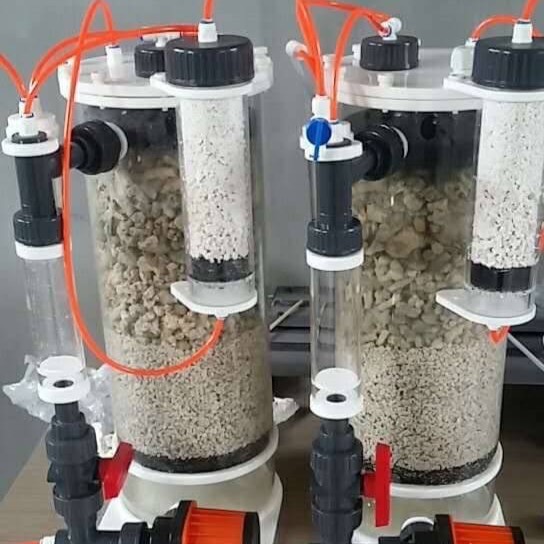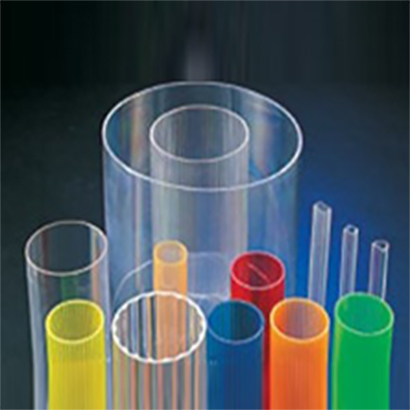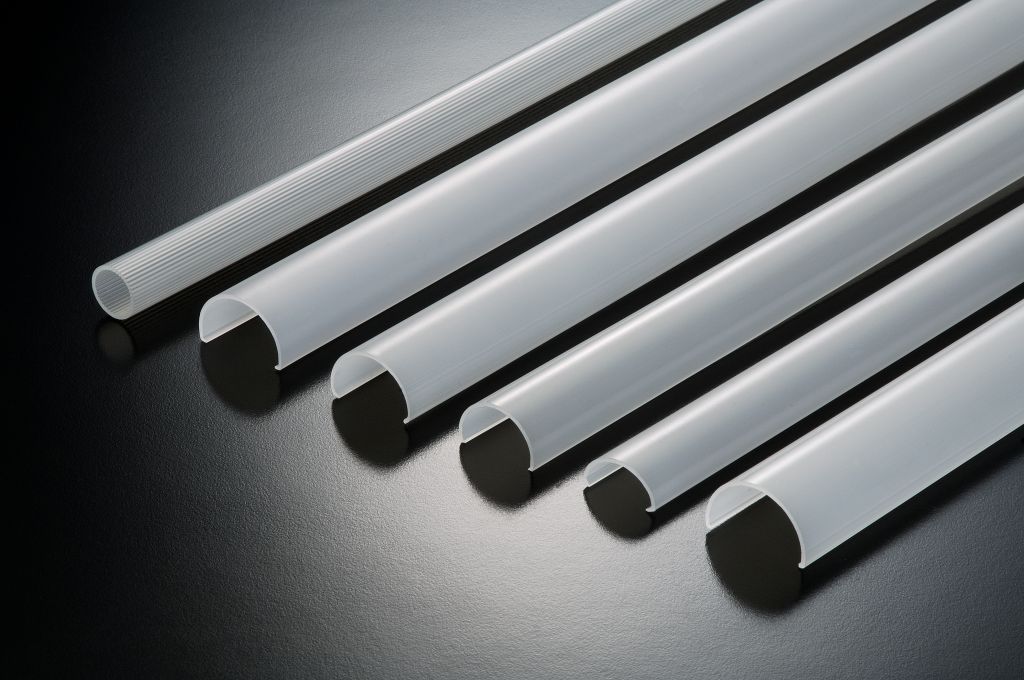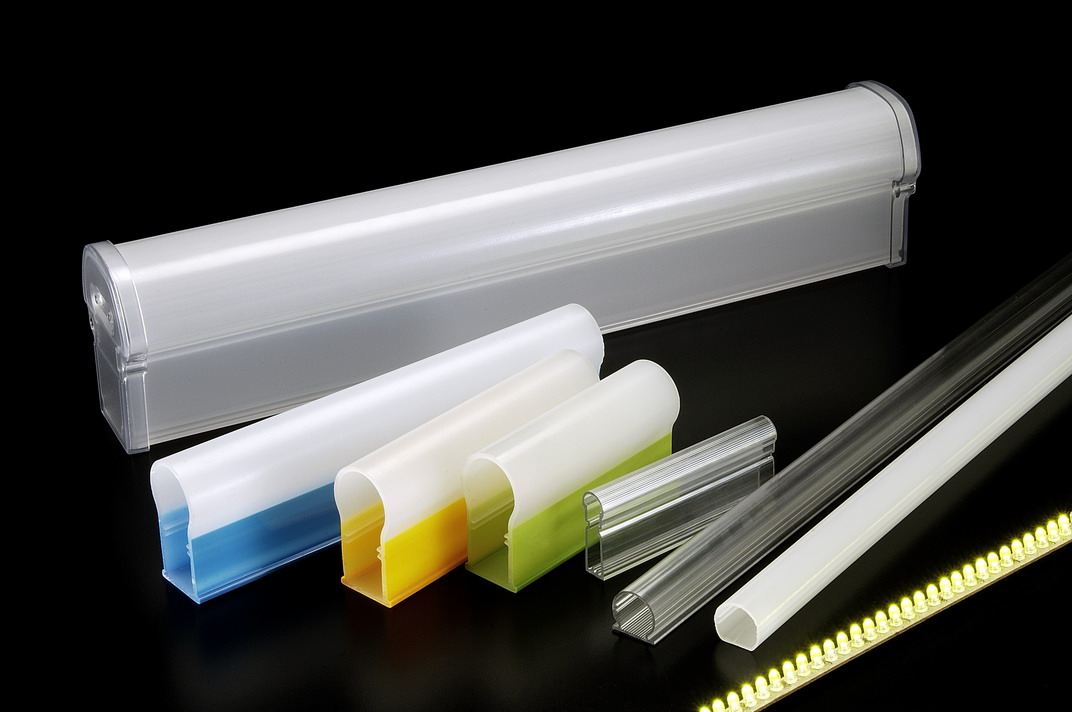Algae Cultivation Application
As global awareness of environmental protection and renewable energy grows, algae have attracted increasing attention as a versatile biological resource. Algae can be used not only for producing biofuels but also in industries such as food, cosmetics, and pharmaceuticals. Therefore, how to effectively cultivate algae has become an important topic. Acrylic tubes play a crucial role in algae cultivation applications, particularly in the fields of algae cultivation and biotechnology. Their durability, transparency, and flexibility demonstrate exceptional performance and diverse applications in algae farming, making them an indispensable material in algae systems.
1. Core Material for Algae Cultivation Systems
Acrylic tubes are commonly used to construct closed algae cultivation systems. These systems enable algae cultivation under controlled conditions, effectively enhancing growth efficiency. The transparency of acrylic tubes allows light to penetrate freely, promoting photosynthesis in the algae, which in turn increases growth rates and biomass production. Additionally, the UV resistance of acrylic tubes enables them to withstand prolonged exposure to sunlight, making them suitable for outdoor large-scale algae cultivation applications.
2. Applications in Photobioreactors
Photobioreactors are specialized devices designed for algae cultivation, utilizing acrylic tubes as the primary cultivation vessels. In these reactors, algae are suspended in nutrient-rich water and absorb light energy for photosynthesis through the transparent walls of the acrylic tubes. The optical clarity and high strength of acrylic tubes ensure stable lighting within the reactor and continuous algae growth, thereby enhancing the production efficiency of the system.
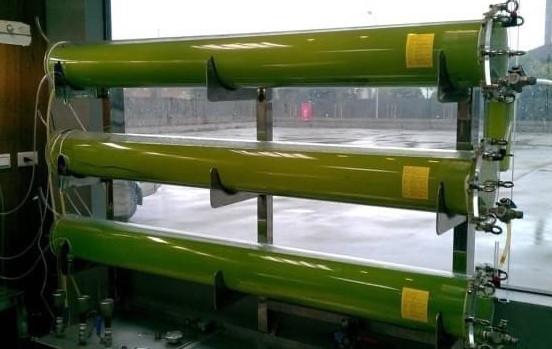
Ref.:LIN YUAN BIOTECHNOLOGY
3. Production of Algal Biofuels
Algae are a potential resource for biofuel production, and acrylic tubes are widely used in algae biofuel production systems. These systems typically operate in outdoor environments, requiring materials that can withstand weathering and corrosion under natural conditions. The weather resistance and corrosion resistance of acrylic tubes make them an ideal material for these systems, allowing them to maintain structural stability over the long term while continuously providing an optimal growth environment for algae, thereby maximizing fuel output.
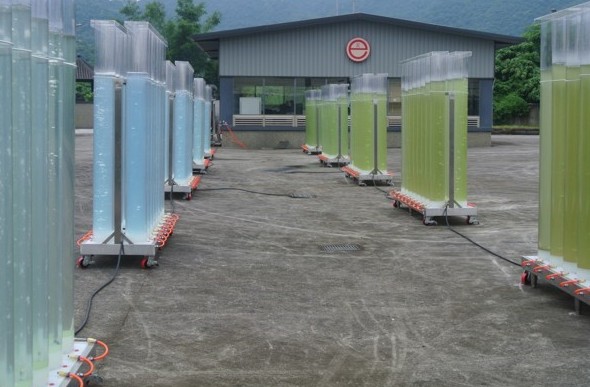
Ref.:LIN YUAN BIOTECHNOLOGY
4. Microalgae Cultivation and Biological Research
Acrylic tubes are also widely used in the cultivation of microalgae and research fields. Due to their ease of processing and flexible sizing, researchers can design and create suitable cultivation vessels according to experimental needs. The transparent tube walls facilitate the observation of algae growth and allow for easy adjustments to environmental conditions such as light, temperature, and nutrient supply, enabling precise control of experimental variables and achieving optimal cultivation results.
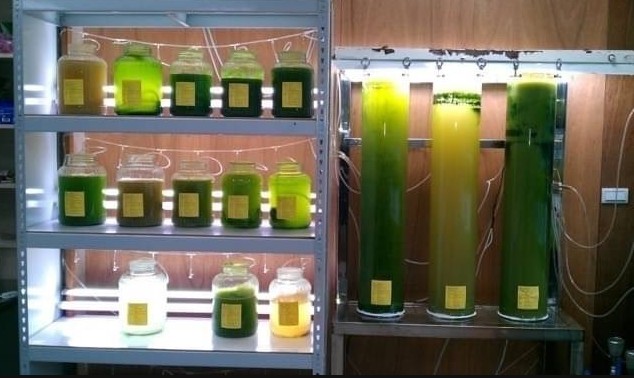
Advantages of Acrylic Tubes in Algae Applications:
Transparency: Acrylic tubes are highly transparent, maximizing the use of natural and artificial light sources to promote algae photosynthesis.
Durability: Acrylic tubes possess excellent UV resistance and corrosion resistance, allowing for long-term use in outdoor and chemical environments while maintaining system stability.
Flexibility: Acrylic tubes are easy to process, enabling the creation of various sizes and shapes to meet the diverse needs of different algae cultivation systems.
Economical: The material cost of acrylic tubes is relatively low, and their long lifespan reduces maintenance and replacement costs, enhancing economic benefits.
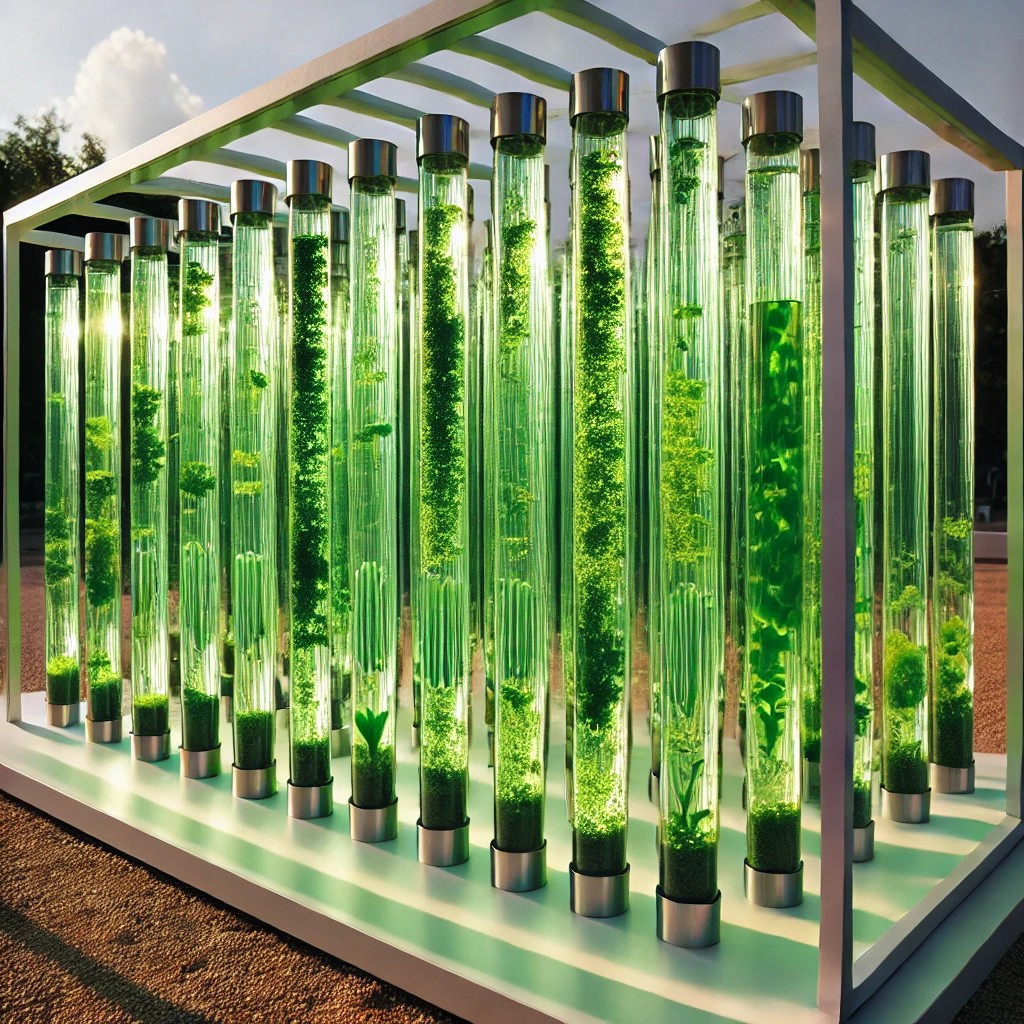
AI-Generated, for reference only.
The versatility and efficiency of acrylic tubes make them a vital component of modern algae cultivation systems. As algae technology continues to evolve, the application range of acrylic tubes will further expand, bringing more innovative solutions to the fields of renewable energy and environmental protection.
Related FAQ
Interior Design-Application of Acrylic Tube and Rod
Is acrylic environmentally friendly?
Acrylic Extruded Tube VS. Cast Tube
Polycarbonate (PC) Extrusion Manufacturers 10 Q&A
SMEACRYLIC packaging
What is Acrylic (PMMA) ?
Related Applications
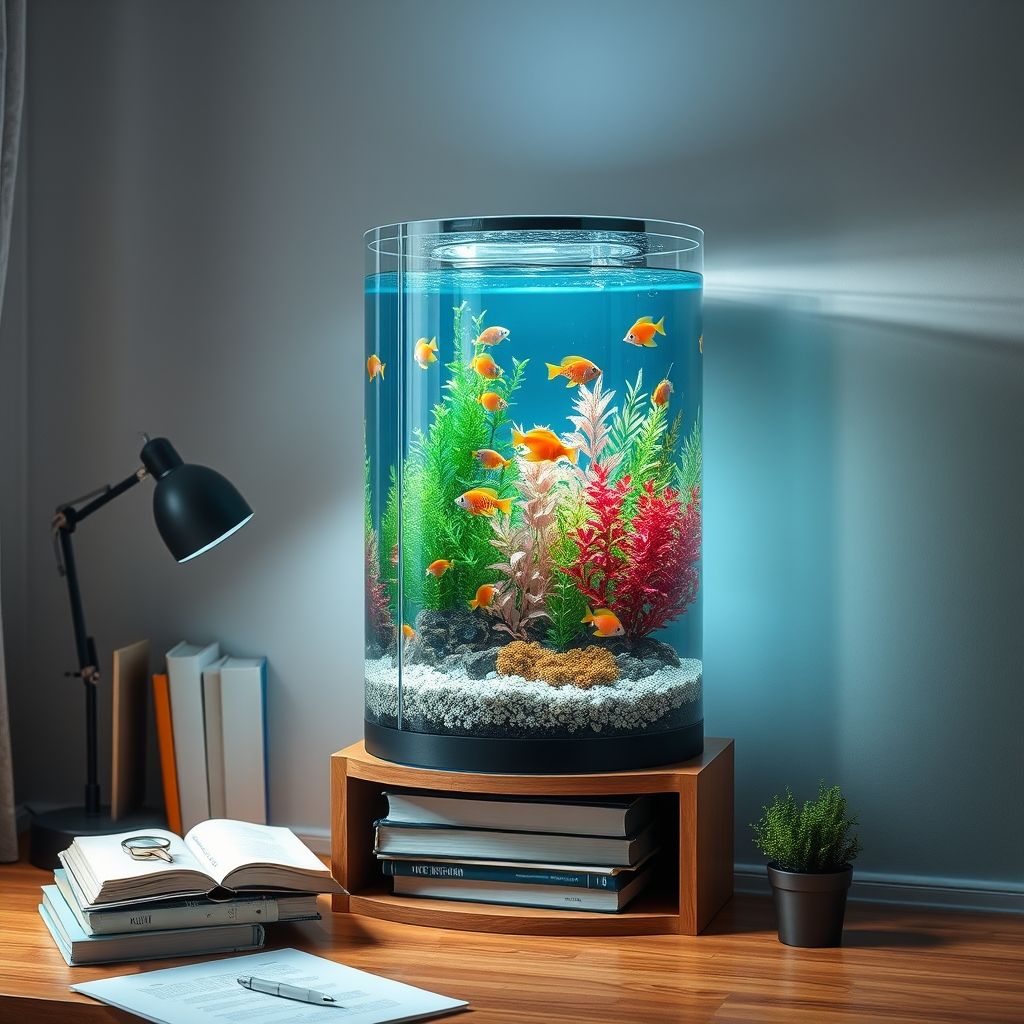
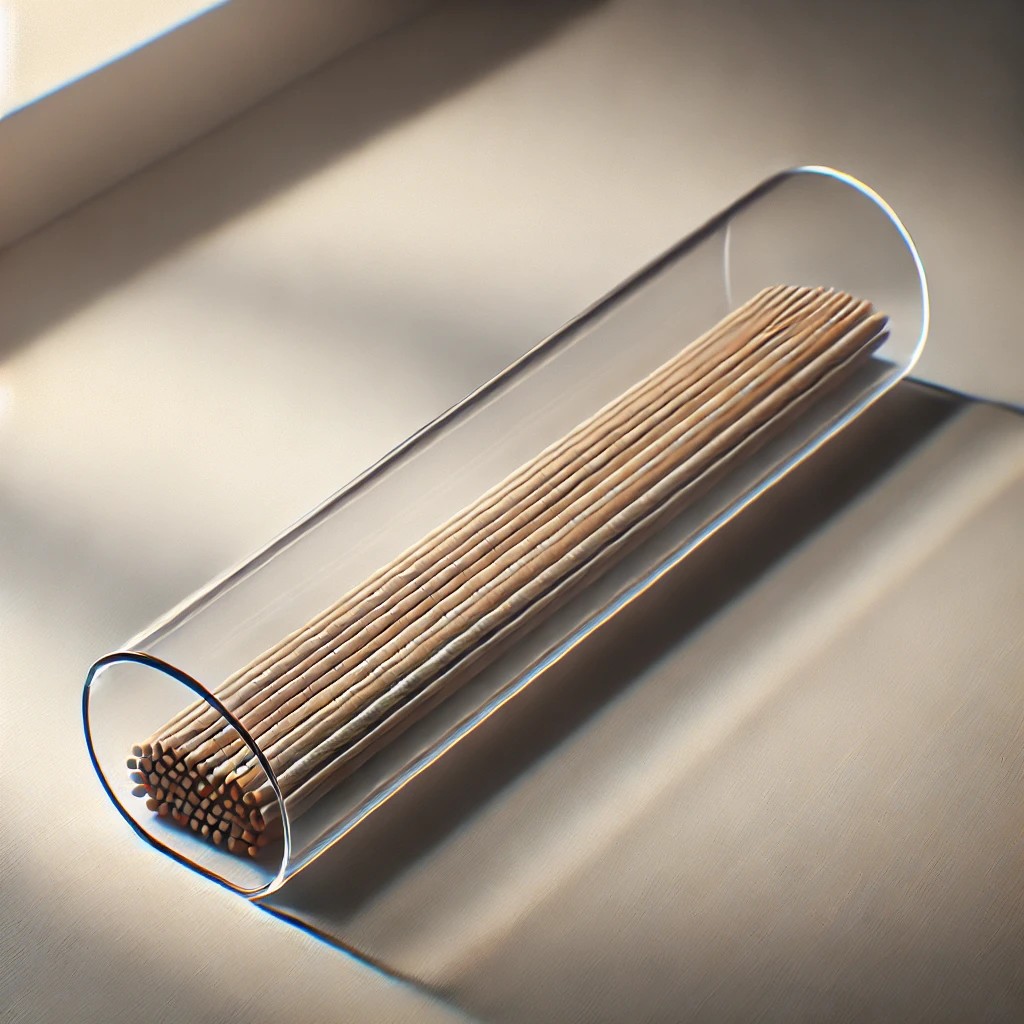
.jpg)
